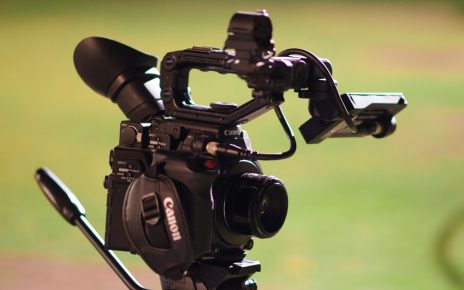Before you buy, take time to think of a couple of things like the geographical zone you’re in. The USDA offers a map divided into certain plant hardiness zones. The chart is color-coded to show the various planting zones. This allows you to decide in case your specific zone is ideal for several plant life and trees because various ones are hardiest and also survive very best in several zones.
Soil and its pH element should also be looked at. Numerous trees and plants are hardy as well as somewhat adaptable, but be completely certain to determine what trees will excel within your zone, before buying. Comparison has to be made between the area you have there to help you grow a tree, and just how much that tree will develop in level, in addition to the spread of the canopy.

The root system should be deemed avoiding issues with any possible surface roots which could hinder things such as grass mowing. The spread and level of the canopy, as well as its branches, is one more important fact. Far-reaching branches could hinder additional buildings or maybe trees, sidewalks, etc and driveways, power lines, telephone. Planning ahead will help remove or minimize later problems.
Only dig a gap for your tree which is the level of the root ball, but 3 to 5 times wider compared to the root ball, to enable spread for the origins and branches. Be sure you loosen the dirt previously. The trunk flare is exactly where the stem or maybe trunk of your respective tree satisfies the roots. In dirt that is sandy, you need to plant your tree with a quality to eliminate roots drying or even erosion.
In serious clay earth, replace the earth to 2 to 3 inches above the trunk flare, above the series where the initial grow line is. In case the tree appears to be weak and fragile, stake the tree until it’s some time to create its origins and strengthen. You may want to use a great mulch, spreading it all around the tree at a level of 2 to 3 in, but far from the trunk of the tree by approximately 6 inches.
It’s usually better to grow your tree in the fall before the 1st frost, and in the springtime when there are zero more touches of frost, and that is usually right before the very first buds appear. In case you have bought your tree after the 1st frost has happened, you should grow the tree inside and hold back until the spring. The tree then has the greatest chance of survival. The time of dormancy for plants as well as forests is from just after the leaves fall on the soil until the time in which the buds make their looks in the spring.

Deciduous forests have a tendency to block the sun, making them good color trees, whereas evergreens can’t just provide shade, but create a great windbreaker. It’s no secret that growing trees on the east, south and west sides of your home won’t just offer great oxygen, but be also excellent energy savers.
Shading a house through the warm summer sun, and stopping the wind from blowing upon the home is able to mean huge cost savings on electricity bills in both winter and summer. Shade trees hold temperatures cool in the summertime and blocking strong winter winds will save money on heat.
Nurseries offer incredible selections to help you with your decision making, so save your favorite greenhouse therefore you are going to have access that is easy when you’re prepared to purchase your trees. Lastly, work together with a renowned company like Top Tree Service arborists of Seattle to make your experience fuller and more guided.





